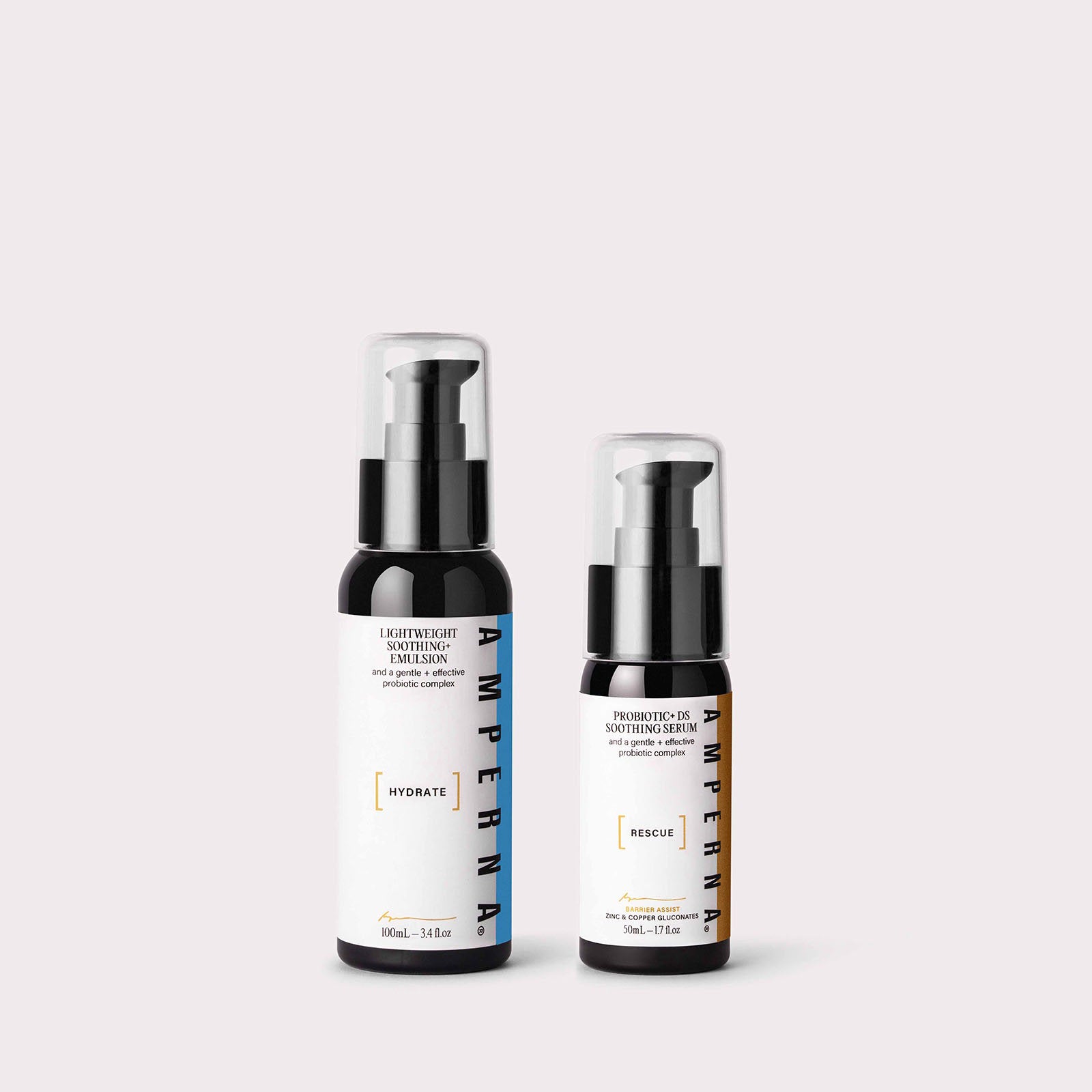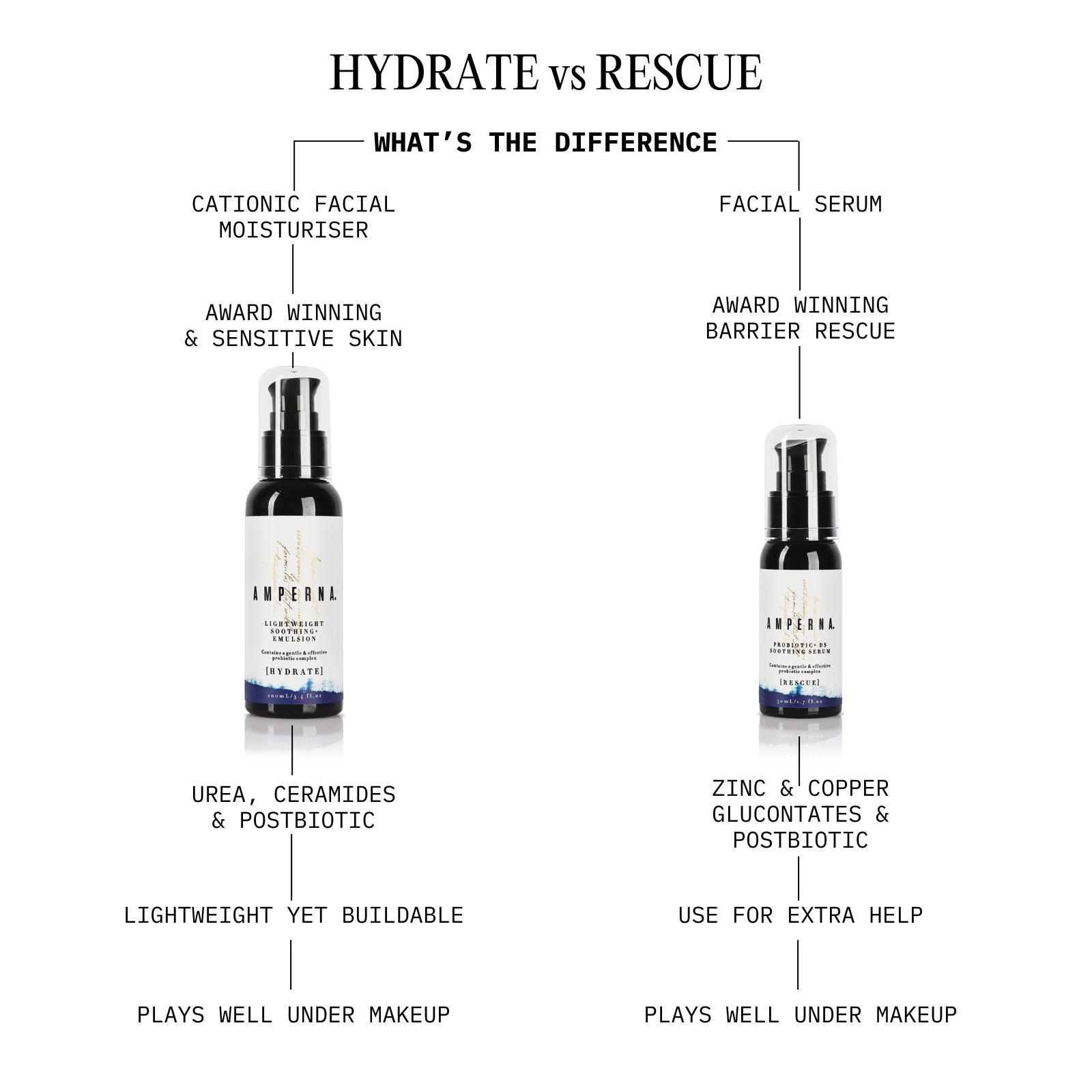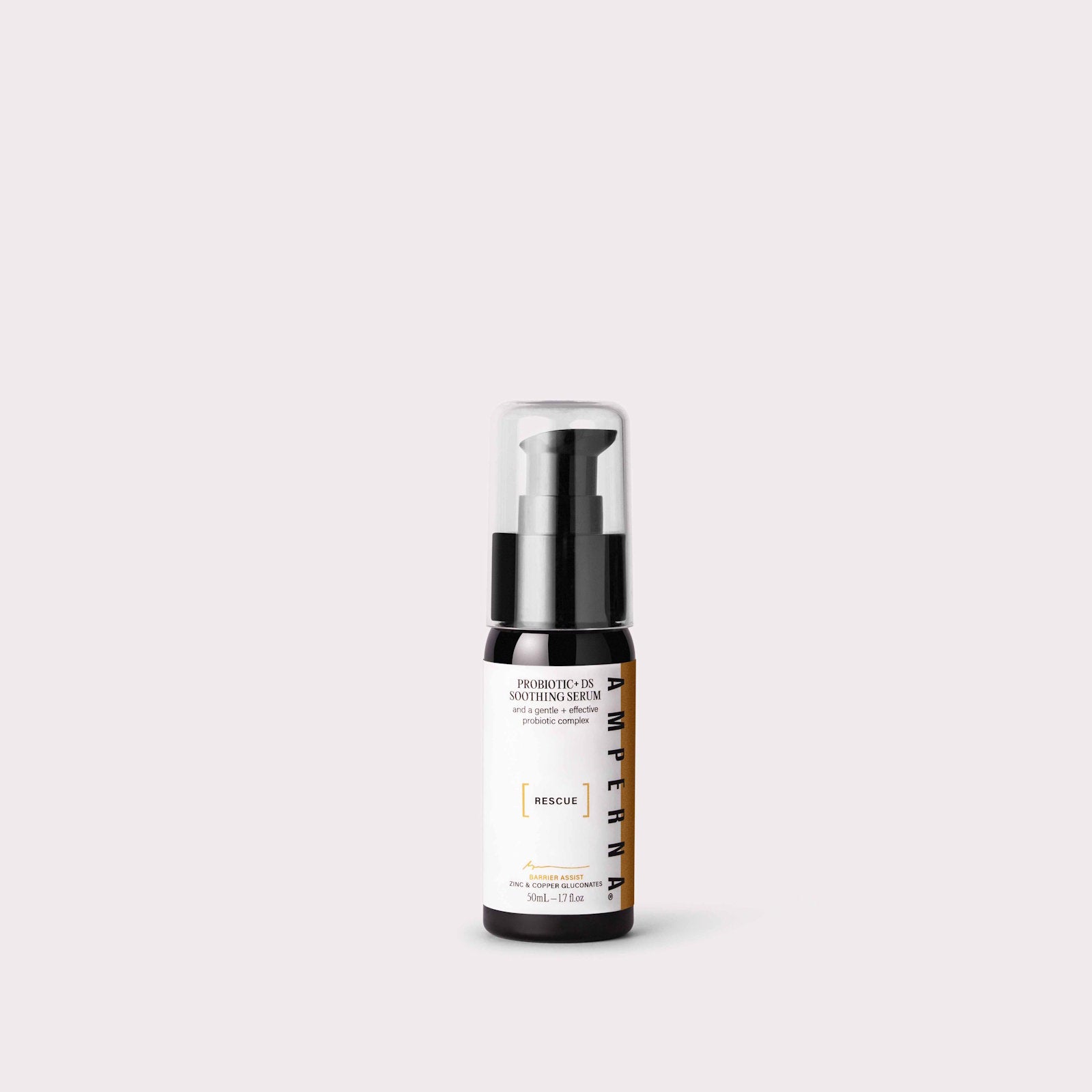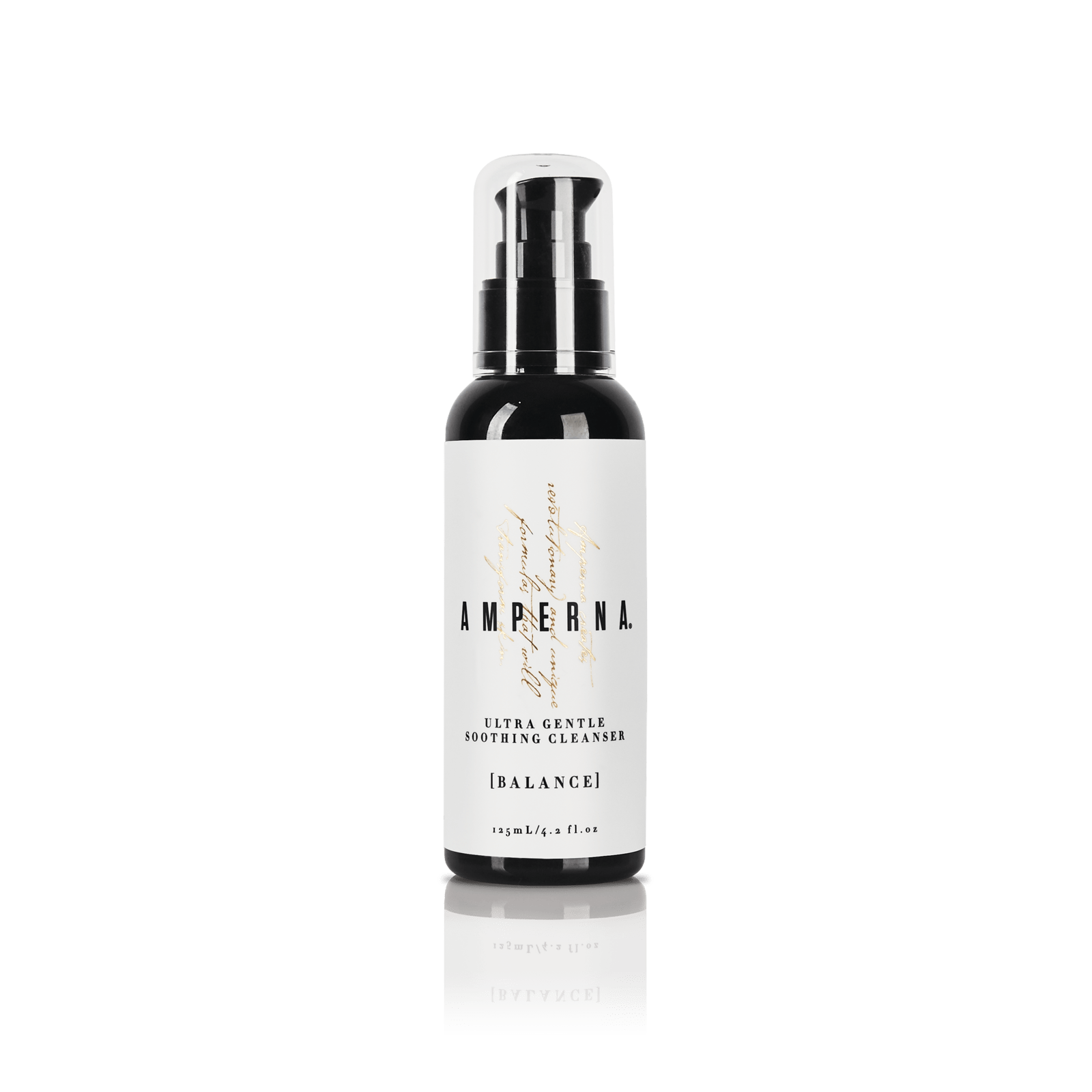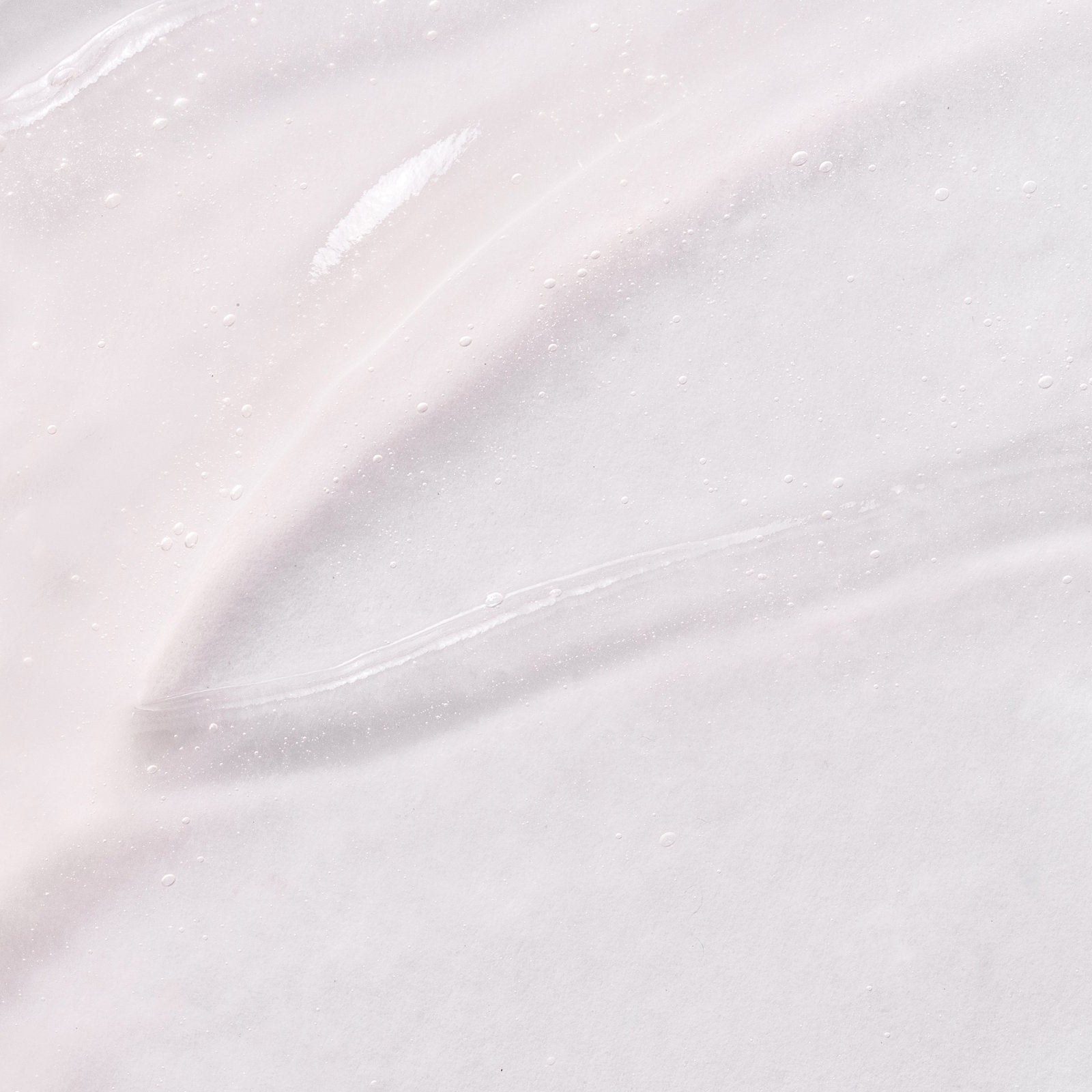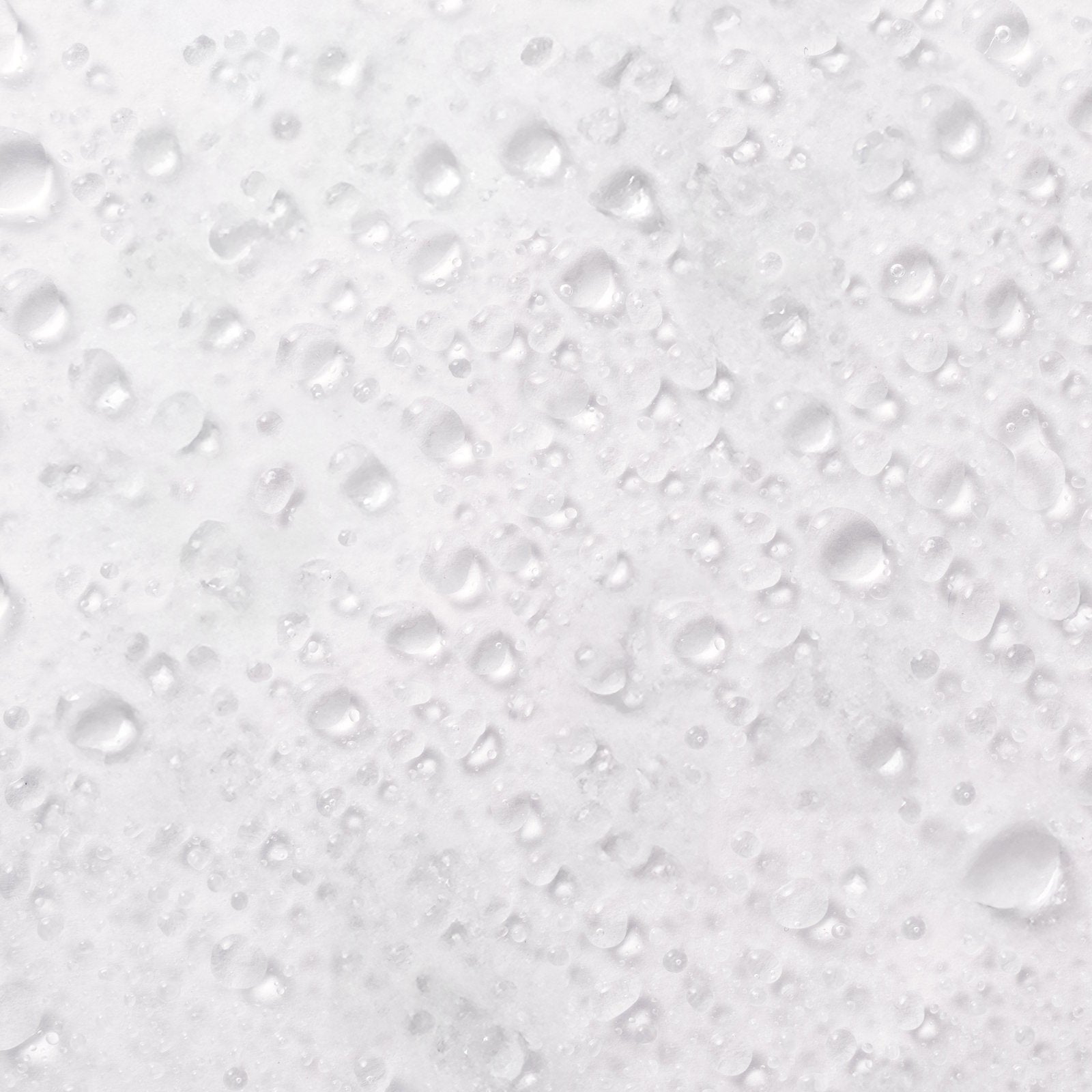Thyroid disease is a common medical condition which affects the function of the thyroid gland mainly in older women. When your thyroid is not working properly, it can result in a range of disorders including the effect of your skin health.
What is the Thyroid?
The thyroid gland is located at the front of the neck and produces thyroid hormones[1] that travel through the blood to help regulate many other organs, meaning that it is an endocrine organ. It has the important function to manufacture hormones that regulate energy use, growth and your body’s metabolism.

When your thyroid produces too much hormone (hyperthyroidism) or not enough hormone (hypothyroidism), it can result in a range of disorders including Hashimoto’s thyroiditis, Graves’ disease, goiter, and thyroid nodules.
Hyperthyroidism results in an increase in the body’s metabolic rate. If you have an over-active thyroid, some of the common skin problems are thin skin, brittle hair and nails, itchy skin and increased sweating of the palms of hands and soles of feet.
It is mainly characterised on the skin by:
- Flushing of the face and hands
- Smooth, moist and warm skin
- Excessive sweating
- Goiter
- Some people with hyperthyroidism develop a rare skin rash called pretibial myxedema (thyroid dermopathy). The rash is characterized by red, swollen skin and commonly appears on the shins and tops of feet.

Hypothyroidism results in a reduction in the body’s metabolic rate. If you have too little thyroid hormone production, it commonly leads to hair loss, itchy and dry skin and increased sensitivity to cold.
It is mainly characterized on the skin by:
- Cold peripheries with pale and dry coarse skin
- Eczema craquelé – a form of dermatitis in which there is a crazy paving splitting of the skin surface
- Acne
- Puffiness
- Skin splitting with a paving-stone appearance (eczema craquelé)
- Yellow discoloration on the palms of hands and soles of feet (carotenemia)
- Poor wound healing
- Goiter
Depending on the severity and type of thyroid disease a person has, thyroid disease can also affect the skin outlined below:
Epidermal Changes
Coarsened, thin, scaly skin
Dermal Changes
- Non-pitting edema (myxoedema)
- Edema (hands, face, eyelids)
- Carotenemia
- Pallor
Hair and Nail Changes
- Dry, brittle, coarse hair
- Alopecia
- Lost sections of eyebrows
- Coarse, dull, thin, brittle nails
Sweat Gland Changes
- Dry skin (xerosis)
- Changes is rates of sweating

Help for Thyroid Disease Sufferers
The key to getting the right help, is to be diagnosed by a health professional who can then give you a plan and possible medication to manage the disease and associated symptoms. Some skin rashes are more common than others, and some are easier to manage.
The important thing to know is that each skin problem needs to be reported to a professional first so that he/she can determine if the skin symptoms outlined above are a sign your body telling you that something is not quite right with your thyroid gland.

If you are suffering with thyroid disease & have skin conditions such as eczema or acne check out the below blog posts & products that have helped soothe peoples skin conditions using AMPERNA® products.
Skincare 101: Acne and Probiotics
Are you suffering from ACNE? Try our specially formulated range
Why Experts Recommend Probiotics for Your Skincare Routine and Their Benefits
When it comes to skin health, Kiri, founder of AMPERNA®, helps many people suffering from a variety of conditions including autoimmune diseases. In 2019, Kiri launched the AMPERNA® Holistic Skin Coaching Service. The service gives people the opportunity to discuss their skin concerns and develop a tailored plan to work towards healthy skin. AMPERNA® is the first Australian brand to bring you a full range of probiotic skincare products. The hero ingredient, the active probiotic complex Lactococcus Ferment Lysate helps to support the skin barrier and is gentle enough to use on even the most sensitive skin.
Sources:


